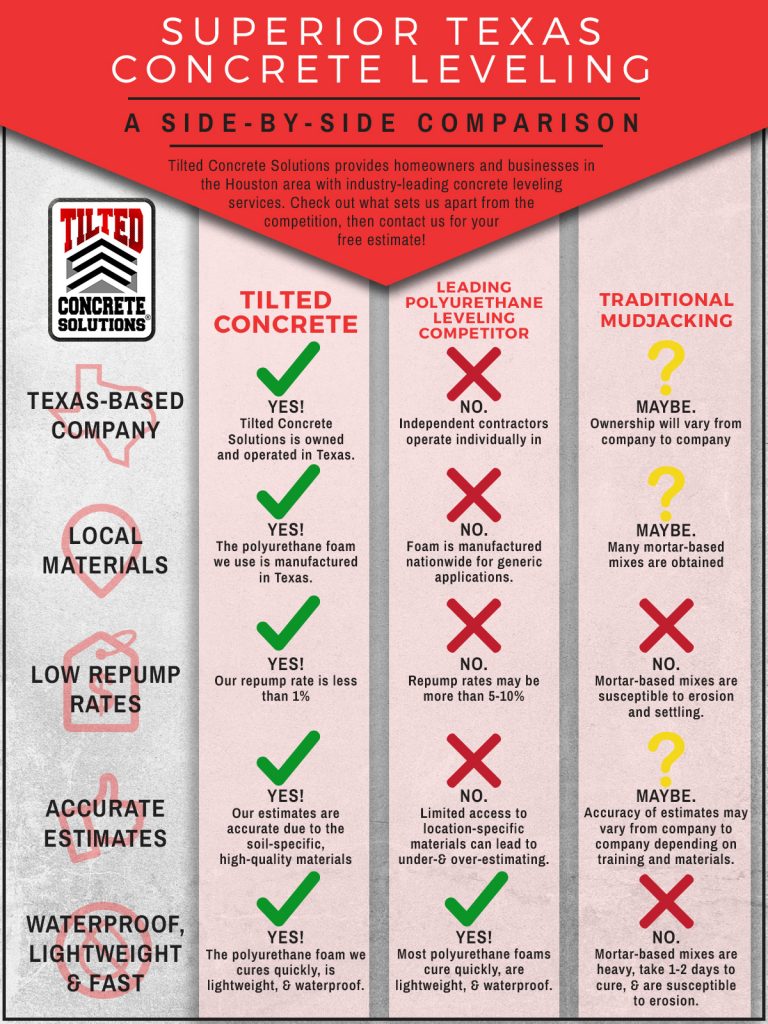Understanding Seasonal Influences On Commercial Exterior Painting: Vital Expertise For Success
Understanding Seasonal Influences On Commercial Exterior Painting: Vital Expertise For Success
Blog Article
Post Produced By-McLamb Rodriquez
When you're preparing a business outside paint project, seasonal aspects can make or damage your results. You'll wish to take into consideration exactly how temperature and moisture impact paint application and drying out times. Selecting the right period can ensure your paint sticks correctly and lasts longer. But which periods are genuinely the most effective for this type of job? Allow's explore the crucial elements that can impact your task's success.
The Effect of Temperature on Paint Application
When you're preparing a business exterior painting project, the temperature level can significantly affect just how well the paint adheres and dries.
Ideally, you wish to paint when temperature levels vary in between 50 ° F and 85 ° F. If it's as well cold, the paint might not treat properly, resulting in concerns like peeling or cracking.
On the flip side, if it's also hot, the paint can dry too quickly, avoiding correct adhesion and leading to an irregular surface.
You must also take into consideration the moment of day; morning or late afternoon supplies cooler temperature levels, which can be more desirable.
Always check the maker's suggestions for the particular paint you're using, as they frequently offer guidance on the suitable temperature range for optimal results.
Humidity and Its Effect on Drying Times
Temperature level isn't the only environmental variable that affects your industrial exterior paint project; moisture plays a considerable duty too. High humidity levels can decrease drying times dramatically, impacting the total high quality of your paint work.
When the air is filled with dampness, the paint takes longer to heal, which can result in issues like inadequate attachment and a higher threat of mold growth. If you're painting on an especially moist day, be planned for extended wait times in between coats.
It's important to keep track of local weather and strategy appropriately. Preferably, go for humidity levels between 40% and 70% for ideal drying.
Maintaining these factors in mind guarantees your job stays on track and provides an enduring coating.
Best Seasons for Commercial Outside Painting Projects
What's the most effective season for your industrial outside paint jobs?
check over herea and very early loss are normally your best options. During these seasons, temperatures are moderate, and humidity degrees are commonly reduced, producing optimal conditions for paint application and drying out.
Prevent summertime's intense heat, which can create paint to dry as well swiftly, causing poor attachment and finish. Similarly, wintertime's chilly temperatures can hinder appropriate drying out and healing, taking the chance of the long life of your paint task.
Go for days with temperatures in between 50 ° F and 85 ° F for ideal outcomes. Keep in mind to examine the local weather forecast for rainfall, as wet conditions can ruin your task.
Preparation around these elements ensures your painting project runs smoothly and lasts much longer.
Final thought
Finally, preparing your business external painting jobs around seasonal factors to consider can make a significant difference in the result. By scheduling job during the perfect temperatures and humidity degrees, you'll ensure far better bond and drying times. Remember to watch on https://andresyiraj.blogchaat.com/34419799/in-search-of-superior-residence-painters-learn-the-crucial-suggestions-for-an-exceptional-home-transformation-that-can-elevate-your-property-worth-by-nearly-7 and select the correct time of year-- springtime and early fall are your best options. Taking these steps will certainly aid you achieve a durable and professional surface that lasts.
